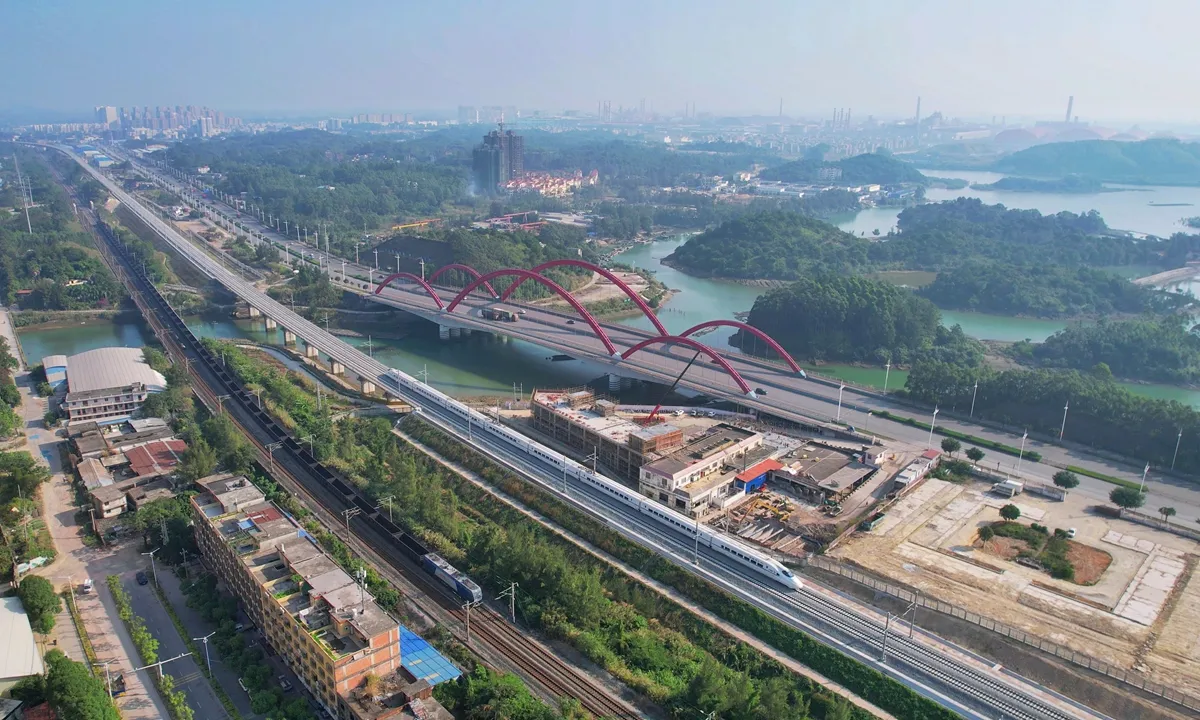U.S. Extends Tariff Exemptions on Hundreds of Chinese Imports Through May 2024
U.S. Extends Tariff Exemptions on Hundreds of Chinese Imports Through May 2024

The Office of the United States Trade Representative announced on Tuesday, December 26th, that it will extend the exemptions from Section 301 tariffs for 352 Chinese-imported goods that had previously had their exemptions reinstated, as well as for 77 types of Chinese imports related to COVID-19 pandemic prevention. The extension moves the deadline from December 31st of this year to May 31st, 2024, to allow for further consideration in accordance with the statutory four-year review.
The goods benefiting from the tariff exemptions include industrial components such as pumps and motors, certain automotive parts and chemicals, bicycles, and vacuum cleaners. The scope of exemptions related to the COVID-19 pandemic includes medical products such as masks, examination gloves, and hand sanitizing wipes. This extension aims to provide economic relief and ensure the continued supply of essential goods amid ongoing health and safety concerns.
Former U.S. President Donald Trump invoked Section 301 of the Trade Act of 1974 in 2018 and 2019 to impose tariffs on approximately $370 billion (S$489.7 billion) worth of thousands of categories of imported goods from China.
The industries most severely affected by the tariff measures included computer equipment, semiconductors, furniture, and audio-video equipment. According to the U.S. International Trade Commission, U.S. imports of the affected products from China fell from $311 billion in 2017 to about $265 billion in 2021. These trade measures were part of a broader trade dispute and were aimed at addressing U.S. concerns over intellectual property theft and trade practices deemed unfair by the Trump administration. The tariffs have been a subject of much debate regarding their effectiveness and impact on both economies and global trade.
China Successfully Launches Two New Beidou Navigation Satellites

China has achieved yet another milestone in its space exploration endeavors with the successful launch of two new Beidou navigation satellites. The satellites were launched into their designated orbits onboard the Long March 3B carrier rocket from the Xichang Satellite Launch Center at 11:26 am on December 26th.
Developed by the Fifth Academy of China Aerospace Science and Technology Corporation, the two satellites launched this time are part of the backup constellation for the Beidou-3 project. Once the satellites are in position and complete their on-orbit testing, they will be integrated into the Beidou satellite navigation system. The inclusion of backup satellites will further reduce operational risks and ensure the continuous and stable operation of the Beidou-3 system.
The Beidou navigation system, also known as the Compass Navigation Satellite System, is China’s indigenous global navigation satellite system. It provides positioning, navigation, and timing services to users worldwide, offering a high degree of accuracy and reliability. The system has been instrumental in various fields, including transportation, agriculture, disaster relief, and telecommunications. With an expanding constellation of satellites, China’s Beidou navigation system continues to enhance its capabilities, contributing to the nation’s overall technological prowess.
China-Vietnam Border Cities Connect with China’s National Railway Network

On December 27th, the Fangdong Railway has officially commenced operations, marking the first high-speed rail line to directly connect China and Vietnam’s border cities. This vital rail link covers a distance of 47 kilometers and has a designed speed of 200 kilometers per hour.
Stretching from the city of Fangchenggang, a coastal city in southern Guanxi bordering Vietnam, the Fangdong Railway runs northward and terminates at the newly constructed station in Dongxing. Both stations are equipped to handle passenger and freight services and travel time between the two cities were cut from one hour to just 19 minutes. During the initial phase of operation, six passenger trains will be scheduled daily on the Fangdong Railway. As per the demand and passenger flow, the train services will be further optimized and adjusted in the future.
The completion of this high-speed rail connection further emphasizes China’s commitment to enhancing regional connectivity and strengthening bilateral ties with neighboring countries. The Fangdong Railway serves as a crucial link in promoting economic cooperation, cultural exchanges, and people-to-people connectivity between China and Vietnam.
